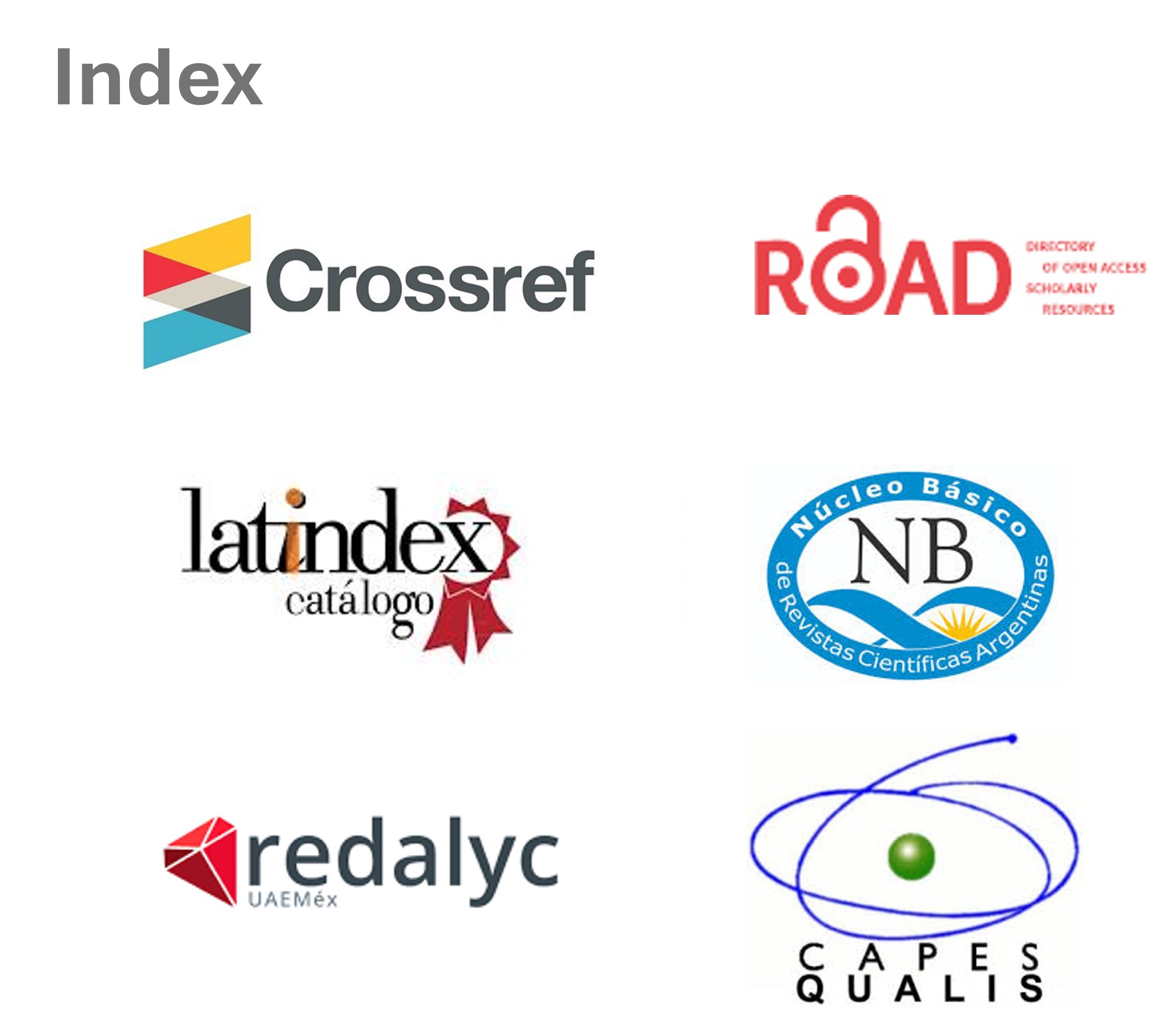Knowledge Society in Argentina: The case of a network-organization, Tenaris
DOI:
https://doi.org/10.48160/18517072re29.251Keywords:
innovation, organization-network, knowledge societyAbstract
This paper is about the case of Tenaris, a multinational corporation from Argentina that became a leader in the Oil Country Tubular Goods (OCTG) market, a strategic supply for oil & gas sector, with 40% market share in 2007. We can state that Tenaris reinvent industrial capitalism from periphery. It is an unusual case of an emergent giant that no only adapted itself to globalization but it also took full advantage of the transition to informational capitalism. The case enlightens the performance of Tenaris showing the innovation of network form of the organization structure based in knowledge production, that we call “network-organization”. This piece is first step of a research program that study cases of different sectors with the objective of analyze the components of the network form of the organization.
References
Adler, Paul (2001), “Market, Hierarchy, and Trust: The Knowledge Economy and the Future of Capitalism”, Organization Science, vol. 12, Nº 2, pp. 215-234.
Acheim, Bjorn y Meric S. Gertler (2005), “The Geography of Innovation: Regional Innovation Systems”, en Fagerberg, Jan, David Mowery y Richard Nelson, The Oxford Handbook of Innovation, Nueva York, Oxford University Press.
Artopoulos, Alejandro (2007), “¿Por qué el Pulqui II no llegó a la serie? Una sociología histórica de la innovación tecnológica en tiempos de Perón”, H-industri@. Revista de Historia de la Industria Argentina y Latinoamericana, año 1, Nº 1, segundo semestre.
Bartlett, Chris y Sumantra Ghoshal (1989), “Managing across Borders: The Transnational Solution”, en [castellano] Bartlett, Christopher A. y Sumantra Ghoshal (1991), La empresa sin fronteras: la solución transnacional, Madrid, McGraw-Hill.
Bisang, R., y G. Lugones (2002), “Las empresas industriales argentinas. Hacia un modelo de innovación con apertura económica”, en Bisang, R., G. Lugones y G. Yoguel, Apertura e innovación en la Argentina. Para desconcertar a Vernon, Schumpeter y Freeman, Buenos Aires, Miño y Dávila.
Castells, Manuel (1998), La Era de la Información: economía, sociedad y cultura, Madrid, Alianza.
Castells, Manuel (2001), La galaxia internet, Barcelona, Areté.
Catalano, Charles (2004), Tenaris: Creating a Global Leader from an Emerging Market, case: IB-60 06/29/04, Stanford, Graduate School of Business.
Chandler, Alfred (1987), La mano visible. La revolución de la dirección en la empresa norteamericana, Madrid, Ministerio de Trabajo y Seguridad Social.
Chesbrough, Henry (2003), Open Innovation. The new imperative for creating and profiting from technology, Boston, hbs Press.
Chesbrough, Henry, Wim Vanhaverbeke y Joel West (eds.) (2006), Open Innovation: Researching a New Paradigm, Oxford, Oxford University Press.
Chudnovsky, Daniel, Andrés López y Germán Pupato (2004), “Innovation and productivity: A study of Argentine manufacturing firms´ behavior (1992-2001)”, disponible en <http://www.udesa.edu.ar/departamentos/economia/publicaciones/doctrabajo/doc70.pdf>.
Coriat, Benjamín (2000), El taller y el robot, Buenos Aires, Siglo xxi.
Forsgren, Mats, Ulf Holm y Jan Johanson (2005), Managing The Embedded Multinational. A Business Network View, Cheltenham, Edward Elgar.
Granovetter, Mark (1985), “Economic Action and Social Structure: The Problem of Embeddedness”, The American Journal of Sociology, vol. 91, Nº 3, pp. 481-510.
Hamel, G. y C. K. Prahalad. (1995), Compitiendo por el futuro. Estrategia crucial para crear los mercados del mañana, Buenos Aires, Ariel.
Holmström, B. y J. Roberts (1998), “The Boundaries of the Firm Revisited”, Journal of Economic Perspectives, vol. 12, Nº 4, otoño, pp. 73-94.
Khanna, Tarun y Krishna Palepu (2004), “Emerging Giants: Building World Class Companies From Emerging Markets”, Harvard Business School.
Kogut, Bruce y Udo Zander (2003), “Knowledge of the Firm and the Evolutionary Theory of the Multinational Corporation”, Journal of International Business Studies, vol. 34, Nº 6, pp. 516-529.
Kosacoff, B. y A. Ramos (2005), “Cambio estructural y comportamientos microeconómicos en la industria argentina”, Boletín Informativo Techint, Nº 318.
López, Andrés (2006), Empresarios, instituciones y desarrollo económico: el caso argentino, Buenos Aires, Cepal.
Nohria, Nitin (1992), “Is a Network Perspective a Useful Way of Studying Organizations?”, en Nohria, Nitin y Robert Eccles, Networks and Organizations: Structure, Form and Action, Boston, Harvard Business School Press.
Nohria, N. y S. Ghoshal (1997), The Differentiated Network: Organizations Knowledge Flows in Multinational Corporations, San Francisco, Jossey-Bass.
Pignotti A. (1997), “A theoretical physicist in Argentine industry”, The Industrial Physicist, marzo, American Institute of Physics.
Piore, Michael y Charles Sabel (1984), The Second Industrial Divide: Possibilities for Prosperity, Nueva York, Basic Books.
Schvarzer, J. (2000), La industria que supimos conseguir. Buenos Aires, Ediciones Cooperativas.
Toulan O. (1997), “Internationalization Reconsidered: The Case of Siderar”, Strategy and International Management department at mit, Sloan WP# 3938, 20 de febrero.
Downloads
Published
How to Cite
Issue
Section
License
Copyright (c) 2022 Redes. Journal of Social Studies of Science and TechnologyThe documents published here are governed by the licensing criteria
Creative Commons Argentina.Atribución - No Comercial - Sin Obra Derivada 2.5 https://creativecommons.org/licenses/by-nc-nd/2.5/ar/













